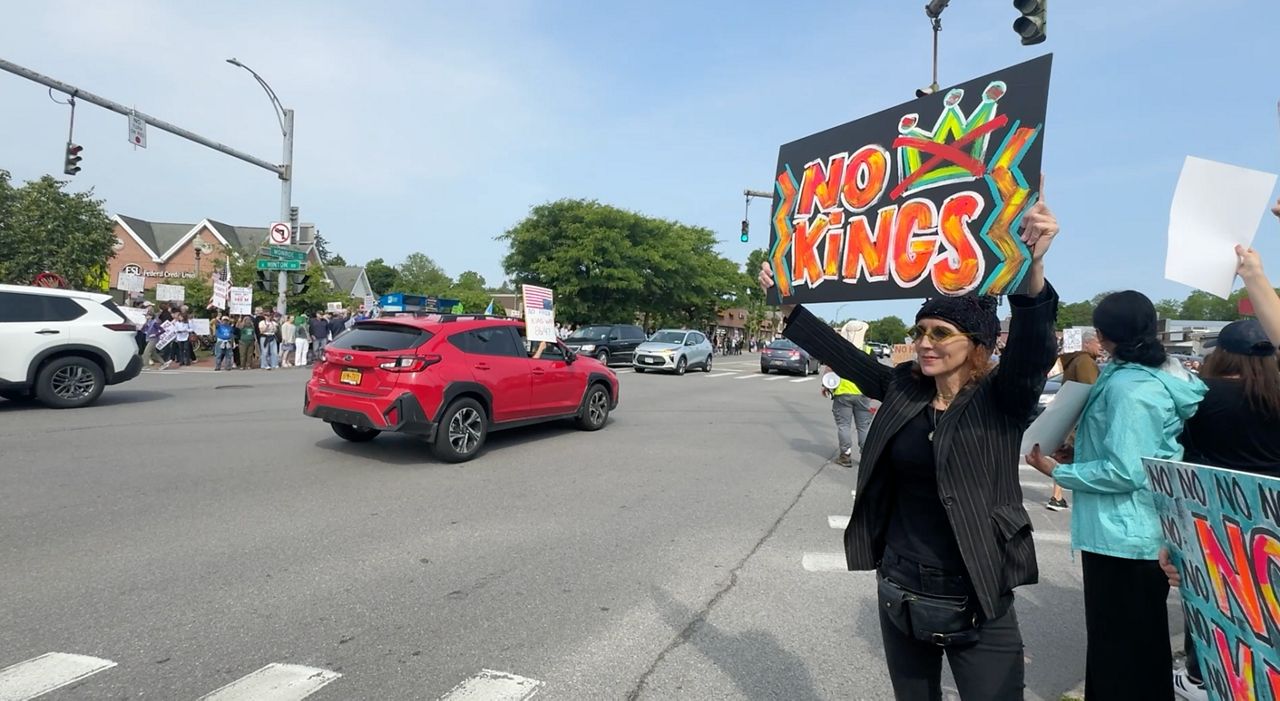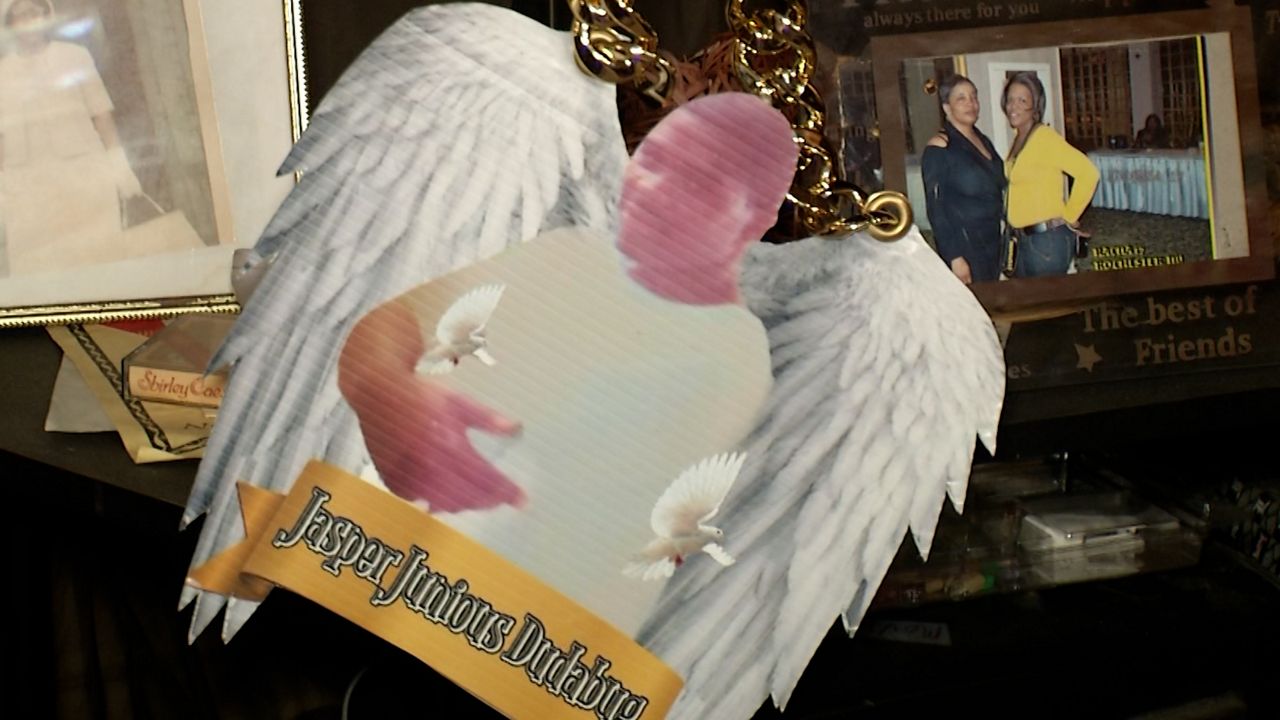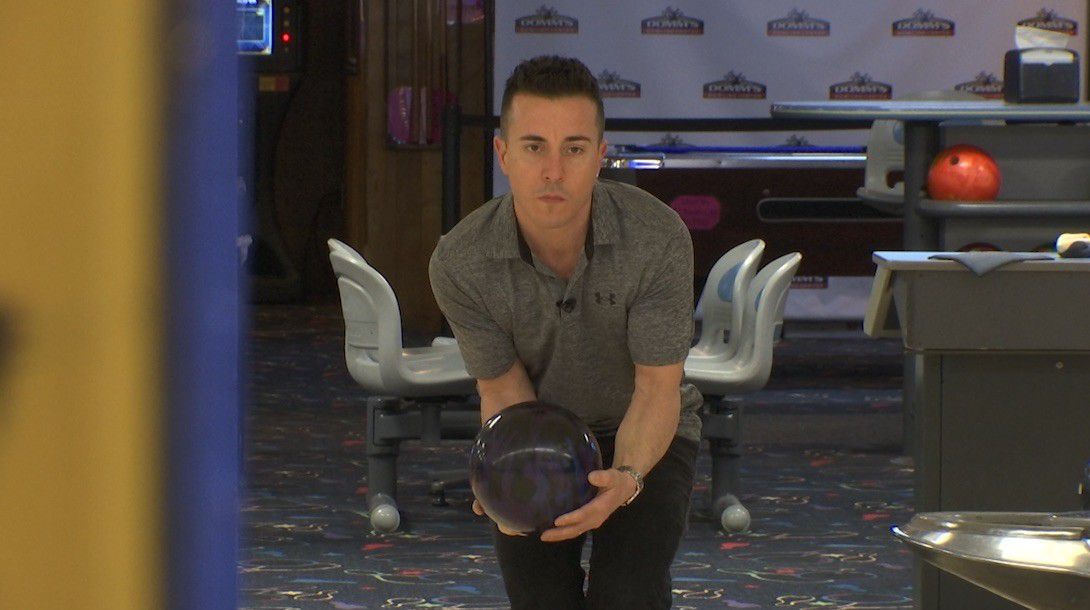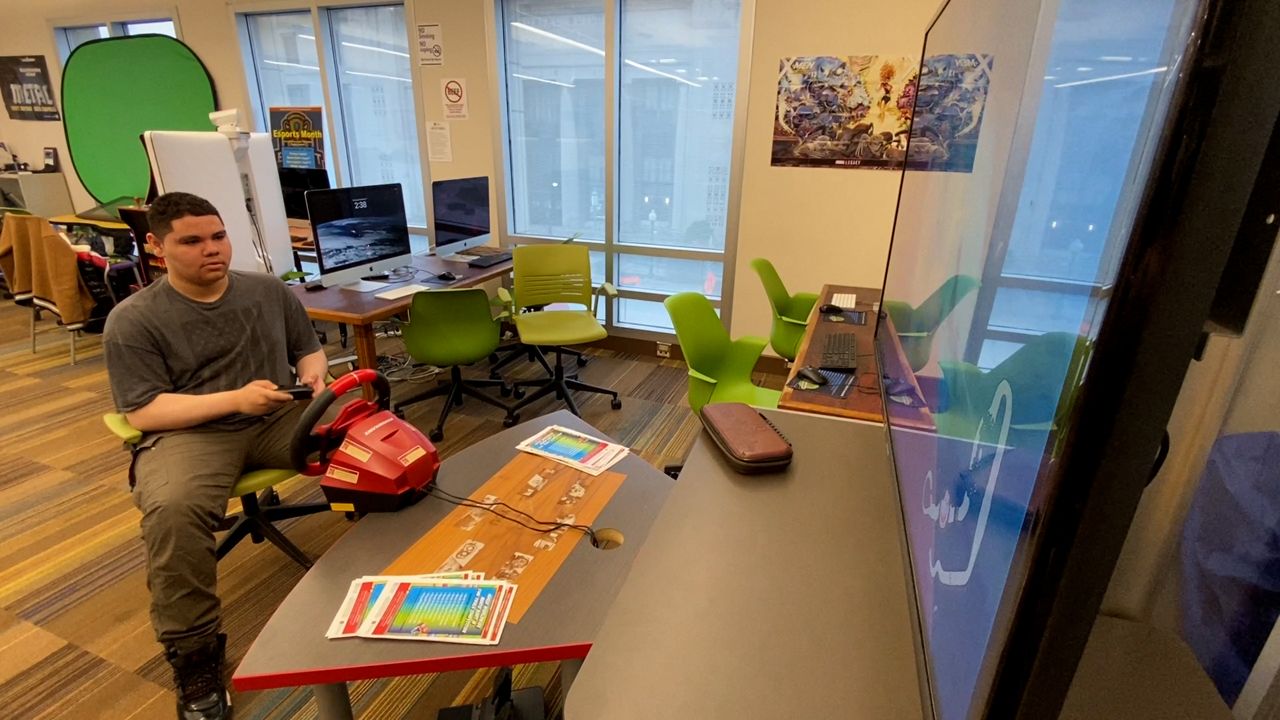ROCHESTER, N.Y. — We know the use of artificial intelligence is making its way into many companies, but it’s also being used to potentially save lives during a mass shooting.
The technology is now being used to spot a gun at a specific location and alert those who need to know. Such an incident took place at a college campus near Rochester earlier this week.
“It’s as simple as this: if a gun is in the field of view of a camera, we have the ability to see that and make determinations,” said Rob Huberty, chief operating officer and co-founder of the company ZeroEyes.
It’s what happened on Tuesday on the campus of St. John Fisher University. AI technology detected a gun, ultimately triggering a lockdown and an immediate police response. It turns out that two prop guns were being used in a theater production rehearsal, so there was no crisis — but how did AI even detect a gun?
“We take your existing video cameras ,and we process them frame by frame and we say, ‘is there a gun in this image?’” said Huberty.
Huberty, a former Navy Seal, explains the process.
“So what we do is, we process that with AI and we verify it with humans. So we never get to see your actual video cameras. We don’t watch what AI watches,” he said. “When it thinks it sees an alert, it shows that to a human. A human verifies that, and says if this is in fact a gun, then we’re going to dispatch that alert.”
After 10 years on the Seal team, he and other Seal team members looked for a way to continue to serve.
“Well the impetus I think was the Parkland shooting,” said Huberty. “So we saw that, and we saw the video footage of the shooter walking around with a gun on camera with nobody knowing anything about it. We said, ‘isn’t someone watching those cameras?’ And the answer was, ‘no.’ And we saw an opportunity to do something to be proactive rather than reactive and we said, ‘shouldn’t there exist a product that does this?’ And it didn’t exist, so we made it.”
What goes into making an AI product like this?
“To define what a gun is, we recorded ourselves with guns on every distance, every type of camera and we walk around security cameras in all conditions and all lighting and all settings, and we record all different guns and all different kinds of hand positioning with different gloves, different people,” said Huberty.
Then their further developed AI identifies and compares that data.
“We don’t actually put any cameras in. They are your cameras. And we actually can’t look at your live video feed,” said Huberty. “Our AI is processing it onsite, and the only thing that we see is one snapshot in time at one moment when our AI thinks that it’s seen a gun and then we verify that with a human. So, this is absolutely not surveillance. That’s not what we’re doing.”
ZeroEyes has clients in schools and colleges across the country, including St. John Fisher University. It also services religious institutions, corporations, shopping centers and medical facilities in 42 states.
“We want to be an extra layer of protection before shots are fired,” said Huberty.
Stopping an active shooter before the trigger is pulled is the mission for these former Navy Seals.
“We’re going to try to take a problem that’s really challenging, take a commonsense approach, we don’t think that we can solve everything, but if we can do this one thing really well then perhaps we can reduce the problem and go to bed at night knowing that perhaps we did something a little bit better,” said Huberty.
Multiple law enforcement agencies did not immediately respond to a request for comment on the use of this technology to detect guns.









